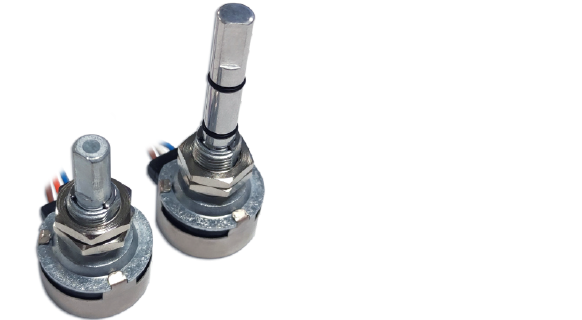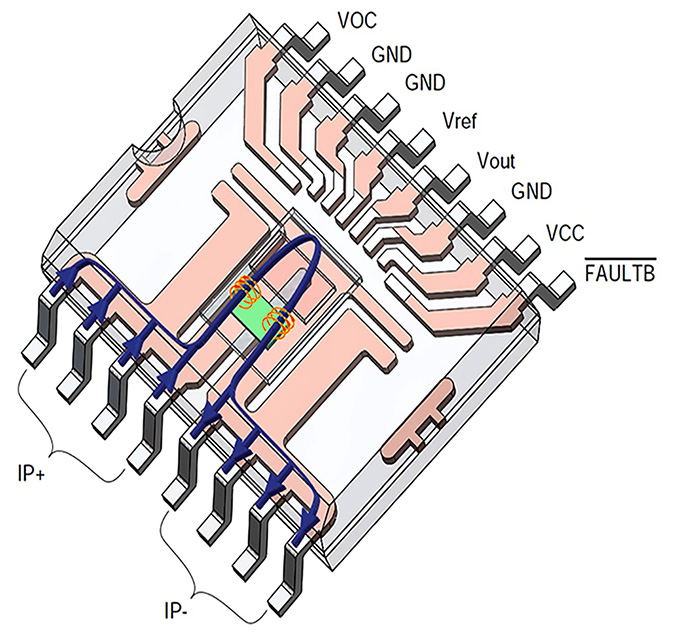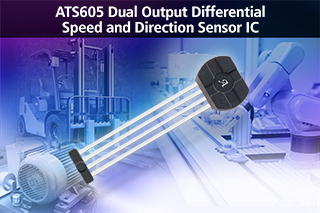
A revolution is taking place in operating rooms around the world as a growing number of surgeons use a unique magnetic system to aid the precision of breast surgeries and improve outcomes for the women being treated. Tens of thousands of patients have been treated with it already at more than 500 hospitals around the globe. The numbers are trending significantly upward as government clearances, clinical studies and positive experiences by physicians and patients, mount.
The system is from Endomag, a medical device company based in Cambridge, UK that was founded on a singular idea — use magnetics to remove the need for radioactivity when staging breast cancer, the steps of preparing patients and medical staff for the surgery. The company was founded as Endomagnetics in 2007 out of research conducted at the University College London and the University of Houston. The idea was to locate lesions and perform biopsy in one platform without radiation.

Now, Endomag offers three innovative products used in breast cancer surgeries. Each product has magnetic aspects that complement the others and which, together, enable the system. Eric Mayes, CEO, provided this overview and details for Magnetics Magazine:

“The Magtrace lymphatic tracer is a suspension of superparamagnetic iron oxide nanoparticles coated in carboxydextran (sugar) molecules, used to perform sentinel lymph node biopsies. Iron oxide exhibits superparamagnetism at the nanoscale, and the coated particles are sized to be filtered by the lymph nodes first to drain from a tumour. The particles are also well tolerated in vivo,” notes Mayes.
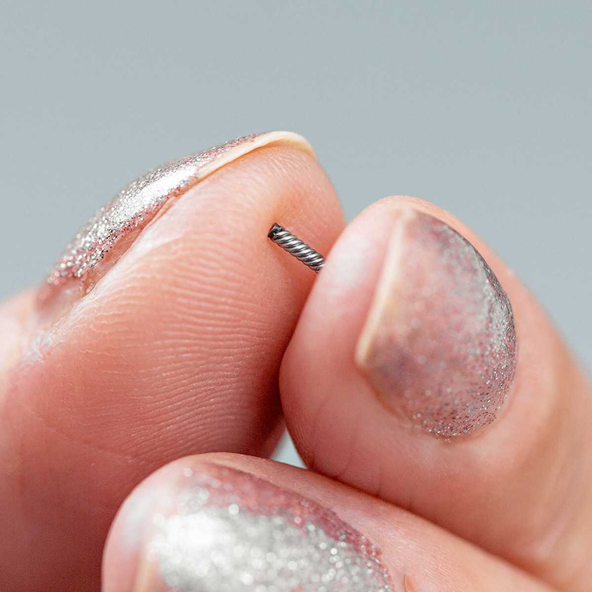
“The Magseed marker is a tiny metal seed designed to accurately mark tumours and guide their removal with a minimal margin of healthy tissue. It is made of ferrimagnetic surgical grade stainless steel and is smaller than a grain of rice – approximately 5mm x 1mm.”
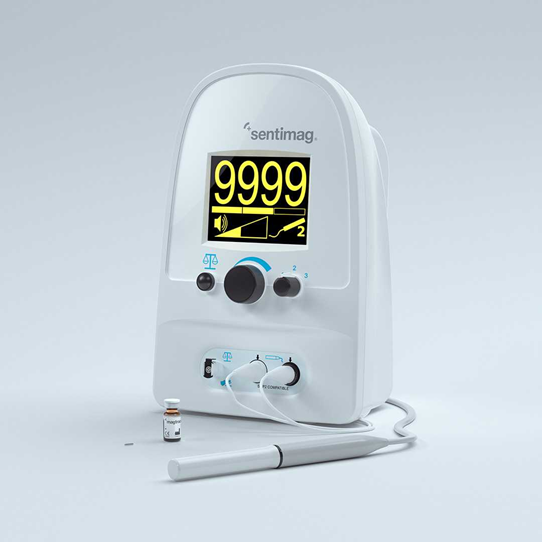
“The Sentimag localization system is a magnetic instrument used to locate Endomag’s two other products during surgery, using its magnetic probe. The probe uses a susceptometer, which is so precise it can detect one millionth of the Earth’s magnetic field. In practical terms, this means it can be used to pinpoint the location of a Magseed marker in the human body to the millimetre.”
The company’s liquid tracer was developed specifically for sentinel node biopsy, which is the surgical procedure used to determine whether cancer has spread beyond a primary tumor into the patient’s lymphatic system. The sentinel nodes are the first few lymph nodes into which a tumor drains. The tiny magnetic Magtrace particles are optimized to take the same path a spreading cancer cell would through the lymphatic system, making it an ideal tracer for sentinel lymph node biopsy procedures. Detected by the Sentimag system, this non-radioactive tracer directs surgeons to the first draining lymph nodes most likely to contain cancer to help determine if it has spread.
The simple liquid allows any patient or any hospital to access the Endomag system for breast cancer staging, a feature which has caused it to take hold in many small, regional hospitals where it brings a new level of precision to their capabilities, as well as in large sophisticated treatment centers such as the Mayo Clinic and many others.
The Magseed marker can be placed days, weeks or months ahead of surgery. The procedure is very simple and can often be completed in a matter of minutes. This flexibility means patients and staff don’t have to worry about additional procedures on the day of surgery.
Basically, it replaces wire-guided surgery, a method invented 50 years ago and still the global standard in breast cancer removal. Typically, on the day of surgery a steel wire which protrudes through the breast is hooked onto the tumor to guide the procedure. The Endomag system is both much simpler because no wires and more accurate which can mean fewer follow-up surgeries, says the company. It notes that, unfortunately, with guide wires roughly 25% of the time a second surgery is needed usually because some lesions are missed. “Using the Magseed marker and our magnetic guidance system, Sentimag, has been shown to reduce this down to as low as 6.5%.”
For more info, see www.endomag.com.

